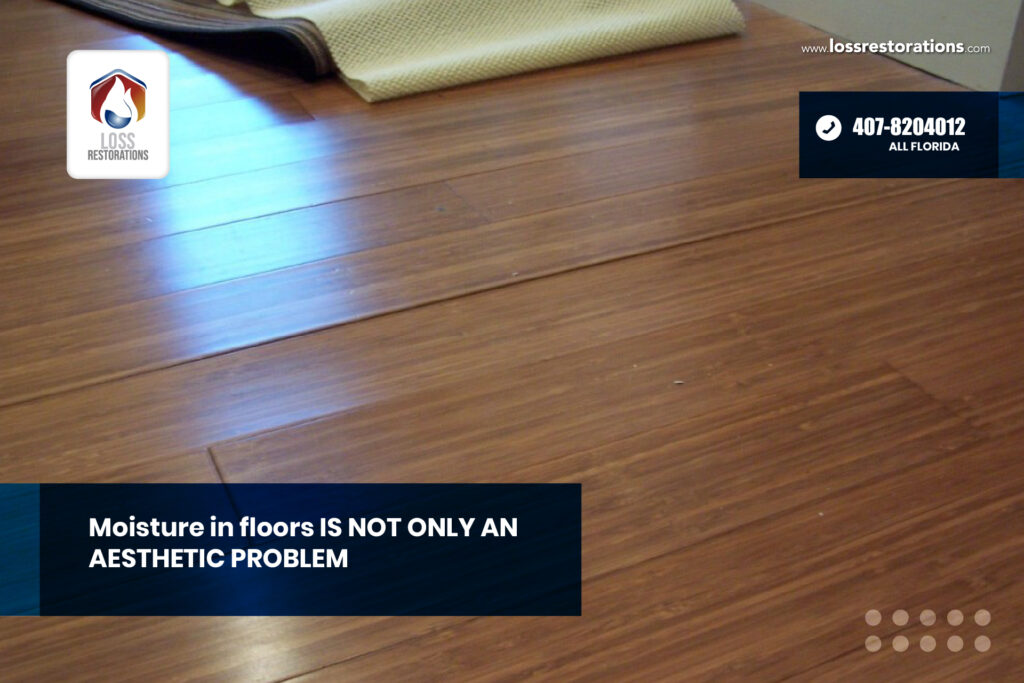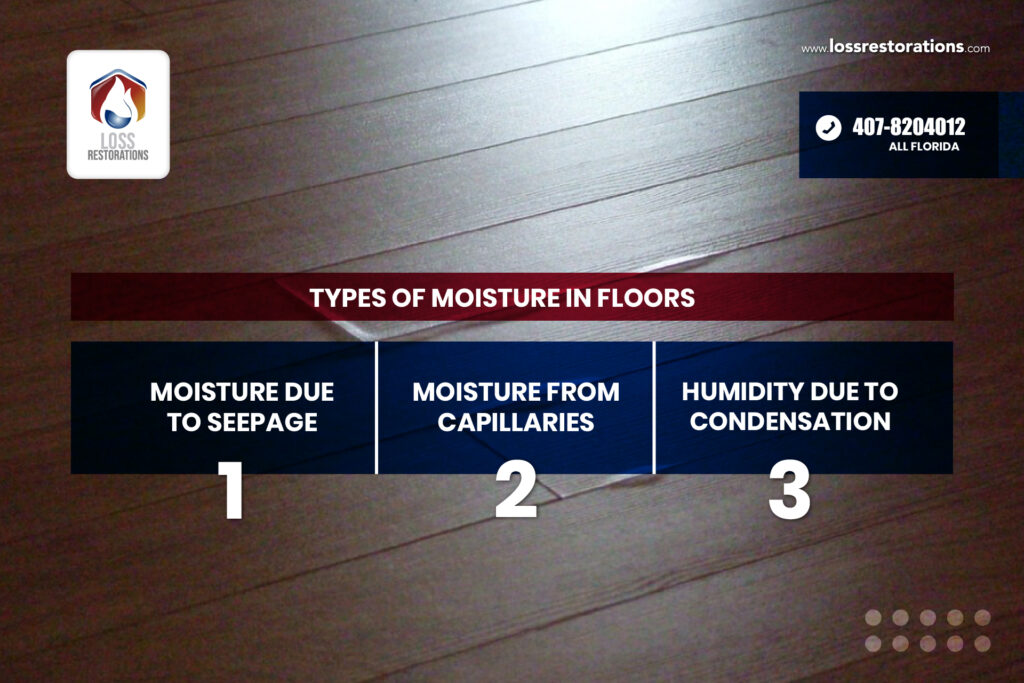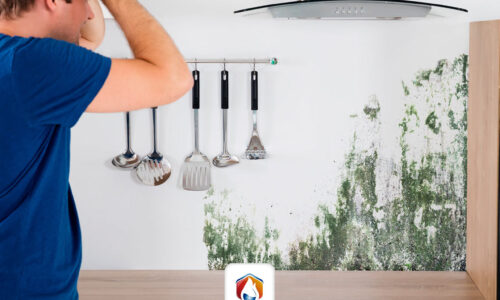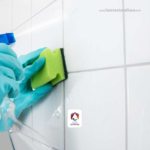In our home or in our workplace, some problems may arise such as the presence of moisture in floors. This is a problem that cannot go unnoticed, since it can not only cause health problems, but they can also cause damage to the structure. In addition, we cannot ignore the bad odors that come from humidity.
On the other hand, in addition to these problems mentioned above, there is another problem that is not visible, but it is quite worrying: The decrease in the quality of the air we breathe. This humidity is a breeding ground for the proliferation of microorganisms such as mites, fungi and molds. Respiratory diseases and allergies are the main consequences for people living in places where there is moisture in the floor.
In this article we will give you a broad overview of how to avoid and eliminate that moisture in the floors, which we sometimes get in our homes or workplaces. Also, this will help prevent those respiratory diseases that come as a result of moisture.

Moisture in floors is not only an aesthetic problem
- When we talk about water, we can say that it is known for its main function: to be a source of life. In this sense, it is necessary to synthesize and degrade different compounds in living organisms. It is no secret that water is necessary for the natural life cycle.
- We do not want to talk about the benefits of water, but we do want to emphasize the problems that occur when there is excess moisture. We are referring mainly to diseases of the respiratory tract. But some problems can also occur at the rheumatic level, and of the joints and bones.
- Mites are organisms that are not visible to the naked eye. Mite reproduction is favored in humid environments, they spread in mattresses, furniture, cushions, clothing, and any other type of surface where conditions are favorable.
- The main effect on human health is allergic rhinitis, asthma and hypersensitivity reactions. In cases where the mite is more invasive, they can cause allergic conjunctivitis and skin problems.
Excessive humidity can also lead to the growth of mold, which is a fungus that grows in damp and poorly lit places. Mold can have different colors and have a characteristic and very unpleasant odor.
In the presence of fungi, they become visible and can even be smelled and cause diseases to both people and animals. The diseases associated with this organism are, like mites, at the level of the respiratory tract.
They can also cause damage to the throat, eyes and skin. In this sense, it is important to avoid the proliferation of these organisms because of how harmful they can be to people’s health.

Types of moisture in floors
To prevent and avoid moisture in floors, you must know the causes that produce it. In response to this concern, we will explain the three types of moisture that we get in the floors:
Moisture due to seepage
It is the one that occurs when the construction is located in a land with different level. As well as when there are cracks or bad compaction of the cement.
Moisture from capillaries
When buildings are constructed on land with excess water. In this sense, water and mineral salts rise to the ground through capillaries of the materials with which the construction was made and which are generally porous. In the presence of broken pipes, humidity can also occur.
Humidity due to condensation
Moisture occurs when there is an excess of water vapor in the air, which, when it comes into contact with a cold area such as the floor, is transformed into liquid matter.
How to avoid moisture in floors?
Once you know the type of humidity to which the floors can be exposed, it is important to take different measures to avoid them. Some of these are mentioned below:
When construction is underway, it is important to take into account all the possible ways water can pass through. From the floor level to the type of material that has been used.
Drainage systems should be installed in case there are bodies of water nearby.
It should be verified that the pipes are not split and therefore there is no leakage. Avoiding moisture stains will do nothing if we do not solve the root of the problem.
The installation of windows must have an adequate thermal control, the temperature difference between the exterior and interior can cause condensation and therefore increase humidity.
Ventilation must be controlled, allowing the air to pass through without getting out of control or altering the internal temperature.
Another practical way to avoid humidity is to install a dehumidifier in those places where humidity is more frequent.
How to avoid damp stains on the floor?
Right now, we will give you some recommendations to avoid those annoying stains that appear on the floor when excess moisture is present:
- When the floors are wet, do not open the windows, it may be that the humidity comes from the environment and by opening them we will only obtain the entrance of more humidity from your house, or from the workplace.
- In case the floor is raised as a result of humidity, it is recommended to do it with hot water and thus to favor the evaporation of the humidity.
- If the floor is already stained, it is necessary to combine hot water with a detergent. Dissolve it well and scrub the floor with a brush as many times as necessary to remove the stain. In some cases it is necessary to use other stronger products such as chlorine bleach or other professional bleaches.
- Another way to avoid humidity is to add a good amount of alcohol to the water used to clean the floor, this way the floor will dry quickly.
- Once the floor is dry, it is also recommended to place baking soda on the edges and corners. In some cases, if possible, it is advisable to place the powder on the rails of the windows.
- To finish, we can add that, if the problem is to eliminate the humidity of the floor of our house, what we really must focus on first is to look for the cause. Do not despair. There are many experts in the area such as Loss Restorations, who through observation or specialized technical equipment can help find the cause and thus eradicate the root of the problem.





¿Porcentajes de humedad en una vivienda? - Blog
[…] hay mucha humedad en alguna área de tu hogar, lo podrás notar en las ventanas mientras simplemente caminas por tu hogar. Después de todo, […]
¿Como eliminar las filtraciones en terrazas? - Blog
[…] tipo de humedad aumenta con la llegada de las lluvias que, si no se resuelven adecuadamente, provocan daños […]